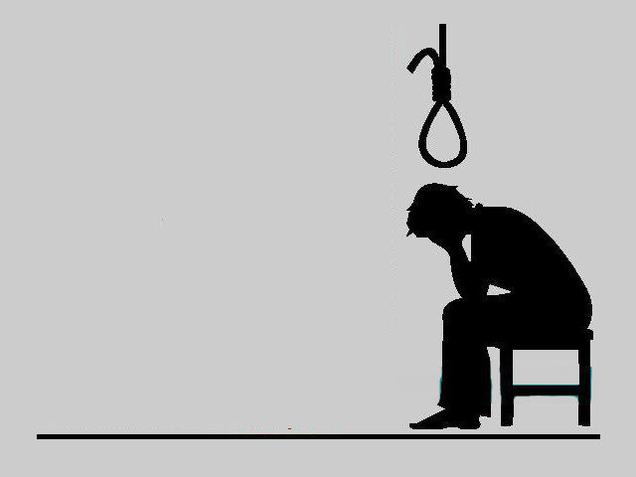CDC: Rising rates of suicide becoming a “national problem”
08/05/2018 / By Edsel Cook

A federal agency warned that suicide is becoming a national problem. In an article in The Washington Post, the rate of suicide has been rising steadily in almost all U.S. states since 1996.
The increases applied to all ages, ethnicities, genders, and races. To make matters worse, more than half of the people who took their own lives did not show any mental disorders beforehand.
Montana had the highest suicide rate with 29.2 victims for every 100,000 residents during 2014-2016. North Dakota showed the biggest increase at 57 percent.
The only state that showed a decline in suicides was Nevada. Despite its one percent improvement, its suicide rate remained higher than the national average of 13.4 suicides per 100,000 people.
The Centers for Disease Control and Prevention (CDC) reported that suicide has become the 10th leading cause of death overall and the second most common cause of death for people of ages 15 to 34. Close to 45,000 people committed suicide in the U.S. in 2016.
“The data are disturbing,” warned CDC official Anne Schuchat. “The widespread nature of the increase, in every state but one, really suggests that this is a national problem hitting most communities.” (Related: One bad night’s sleep could push depressed people to suicide.)
Economic recession and opioids could be partly responsible for suicide spikes
Experts believe there are several causes behind the rising suicide rate. The most obvious one is the Great Recession a decade ago.
That downturn increased the rate of foreclosures, which a 2017 study linked it with a slight rise in suicide rates for all groups. The highest increase was for white males.
100% organic essential oil sets now available for your home and personal care, including Rosemary, Oregano, Eucalyptus, Tea Tree, Clary Sage and more, all 100% organic and laboratory tested for safety. A multitude of uses, from stress reduction to topical first aid. See the complete listing here, and help support this news site.
Another potential reason is the ongoing opioid crisis. While distinguishing between intentional and accidental overdosing is a challenging task, the CDC estimated that the number of suicides via opioid overdose almost doubled from 1999 to 2014.
Furthermore, a 2014 survey revealed that prescription opioid addicts were 40 to 60 percent more prone to thinking about committing suicide. Habitual users were also much more prone to actually attempt suicide compared to non-users.
Even if a person has not been clinically diagnosed with mental health disorder like depression, he or she is not safe. The CDC reported that a high number of suicide victims did not display any signs of mental health problems.
More than 50 percent of the suicide cases recorded in the National Violent Death Reporting System – which covers 27 states – could not be attributed to mental illness.
Experts say many suicide victims did not get the mental support they needed
National Institute of Mental Health director Joshua Gordon stressed that the new statistic should not be taken on its own. Instead, it should be considered in its given context.
“When you do a psychological autopsy and go and look carefully at medical records and talk to family members of the victims, 90 percent will have evidence of a mental health condition,” Gordon stated. According to him, that suggested the victims did not get the help they needed.
Gordon believed that cultural attitudes share some of the blame for these incidents. He noted that male members of a racial or ethnic minority are likelier to commit suicide despite reportedly being mentally sound.
Men are less likely to ask for help regarding their possible mental illness, Gordon said. Hispanics are even more reluctant to do so due to cultural conditioning.
The CDC study reported that suicide is most commonly caused by strained relationships, stress caused by work or finances, substance use and abuse, poor physical health, and crises. Based on its findings, experts like Schuchat and Gordon warned that suicide is not a problem restricted to the mentally ill. Anyone who has a terrible lifestyle can be a potential victim.
Learn how to improve your mental health at Mental.news.
.
Sources include:
Tagged Under: CDC, depression, mental disorder, mental health, opioid addiction, Opioids, psychiatry, suicide, suicide rates, suicide risk




















